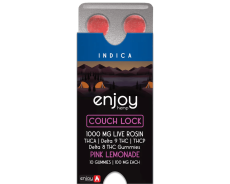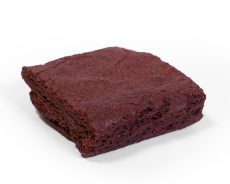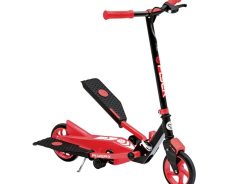If you’ve ever been nipped by a puppy, you know it’s no fun, even when it’s playful. Those teeth can be as sharp as needles. So how do you put a stop to your dog’s biting? With some earnest dog bite training.
But first, it helps to understand that he’s not biting maliciously. Biting and mouthing are natural activities for puppies and young dogs. They instinctively nip when playing with their siblings. This is the way they interact with the world around them. Left with his family, a puppy would soon be taught by his mother and siblings to control his bite. Even with you, your puppy will most likely learn to outgrow the behavior.
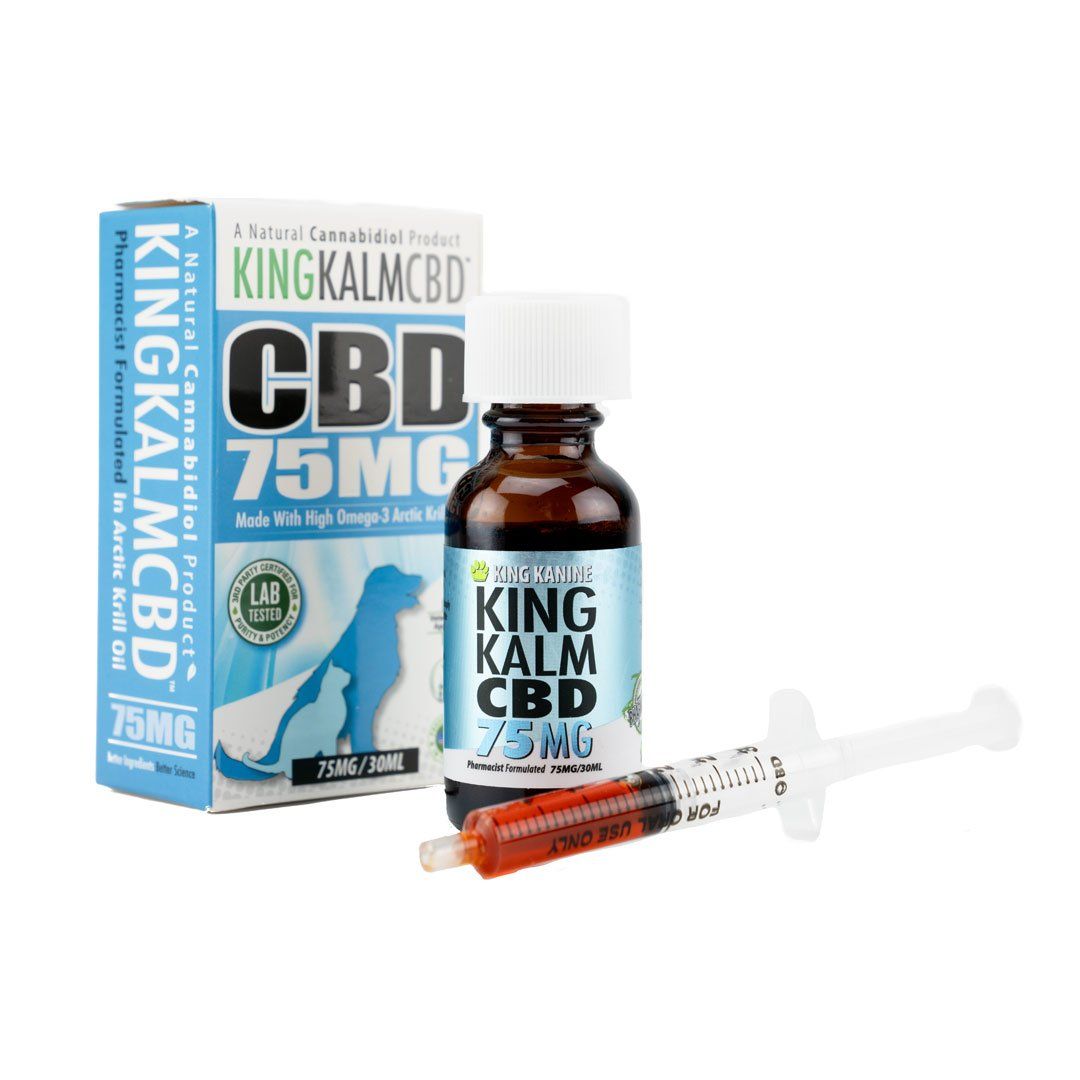
But who wants to wait?
In the case of a puppy biting, the solution is relatively easy. If your puppy is only a few weeks old, your first efforts should be to redirect his biting from you to a toy. Get a chew toy into the mix and let him harmlessly exhaust his biting behavior. This won’t always work, however, because sometimes a puppy is just brimming with too much energy. In these cases, put in his crate, along with his chew toy, and let him settle down on his own.
You can also try a hand around his snout, followed by a firm, “No.” This can be a quick and effective correction, though you have to be careful that your puppy doesn’t turn it into a game.
Additionally, involving your puppy with older dogs will often take care of a biting problem. If your puppy becomes a bit too rough in the company of other dogs, the rest of the group will quickly correct his inappropriate behavior. As simple as it is, this socialization with other dogs is easily the most effective way for him to learn to control himself when he’s tempted to nip.
Now, how about an older dog? What sort of dog bite training is appropriate in this instance?
Well, you’re beyond the effectiveness of a chew toy, so you’ll want to take a more traditional training approach. In this case, you might want to try using a pinch collar. Just as it sounds, a pinch collar pinches the skin around your dog’s neck. When he bites, you give the leash a quick pop, then release the tension. The goal here is given an immediate, sharp correction to get your dog’s attention and make him realize he’s done something unacceptable.
To be effective, there should normally be slack in the leash. If there’s always tension, then your dog won’t be aware that there’s a correction taking place. When he bites, you immediately tighten and release the tension on the chain, followed by “No.” Then your offer hand again to see if he has understood your correction.
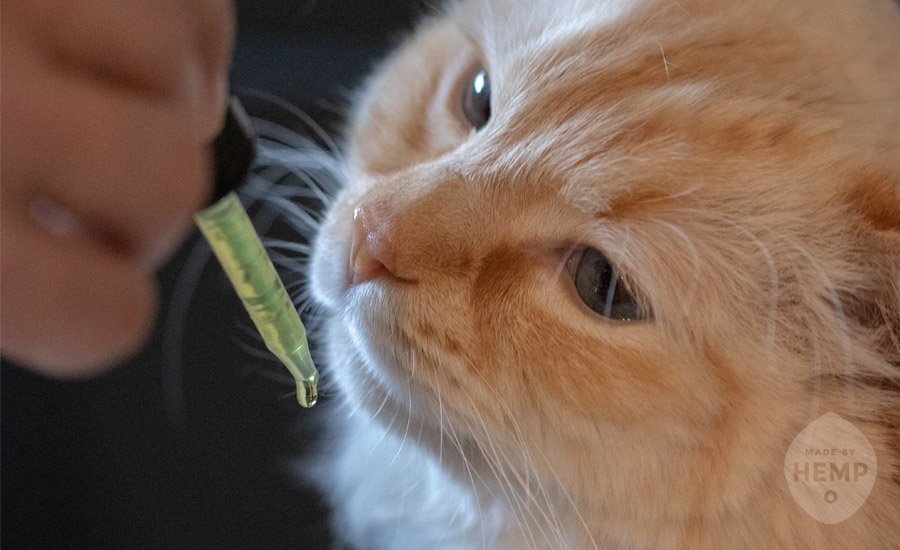
Don’t over correct. Try this process a couple of times and if he continues to bite, end the session and return to it again at a later time. As with any form of dog training, you want the training sessions to be fun and motivational for your dog. Don’t over do them to the point where your dog loses all interest or withdraws. When you visit this page, you will learn more ideas, techniques and helpful information on how you should properly take good care of your pets.
Whether you’re dog bite training your puppy or and older dog, always treat him with respect. This means no hitting or slapping, even in situations where you’re trying to correct inappropriate behavior. Physical punishment will not only destroy the trust and respect, it’ll make him afraid of you. More important, it’s often ineffective. Using positive reinforcement, which generally means treats and plenty of praise, will teach him to play without biting much faster and more effectively.
If you have a problem dog exhibiting biting behaviors, there are solutions. Try this dog obedience training course that can quickly put an end to your dog’s biting, nipping, and more: No More Biting





